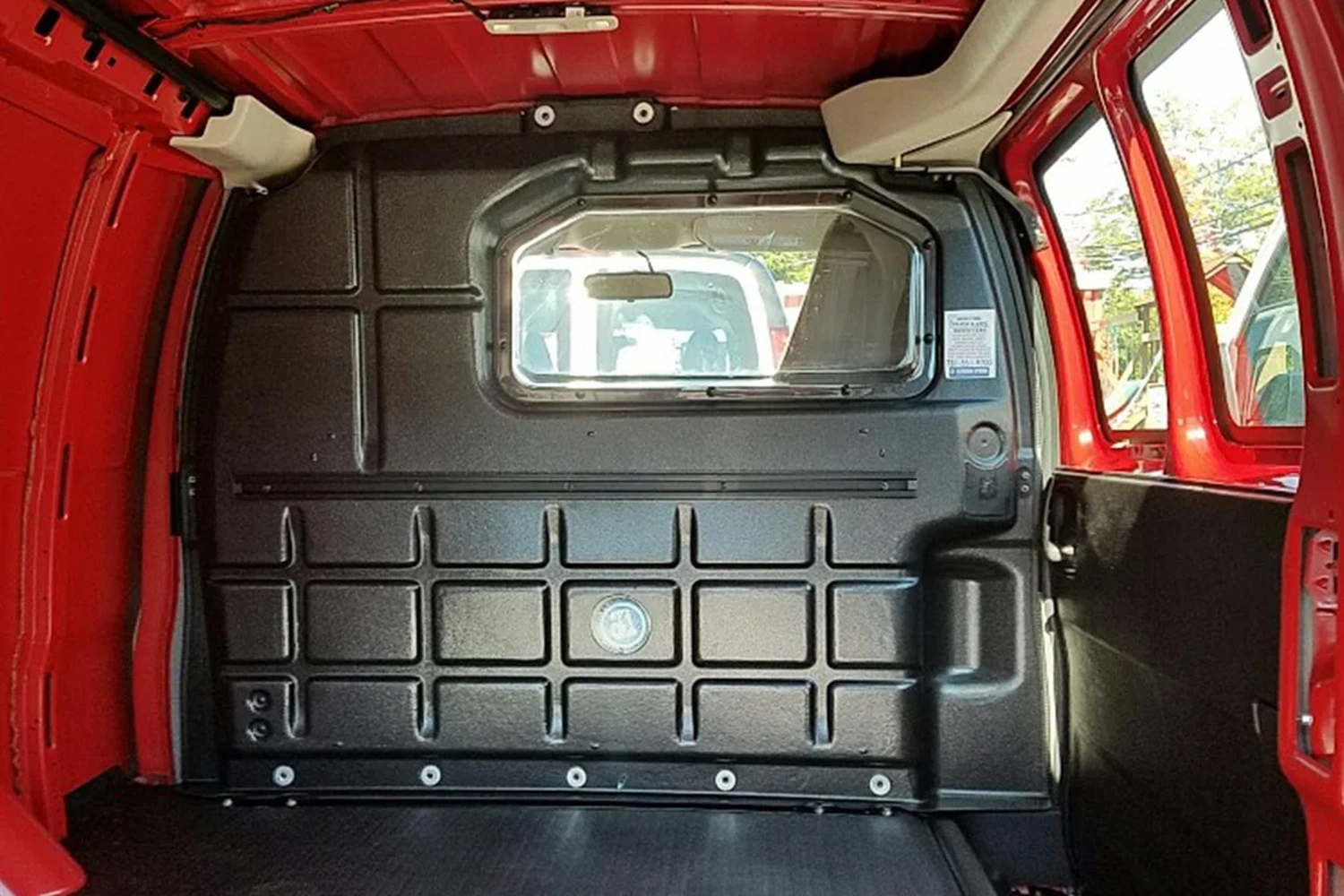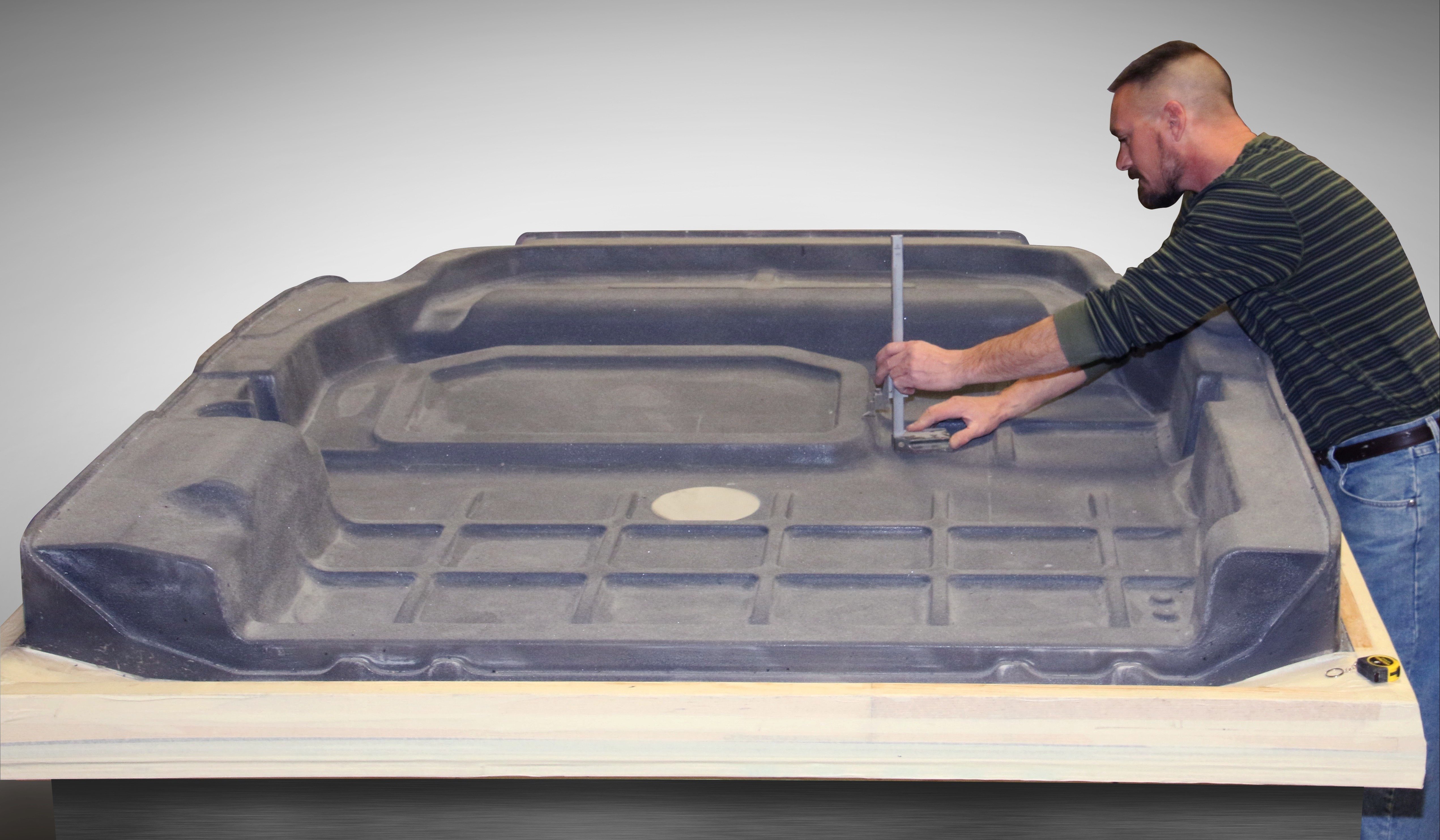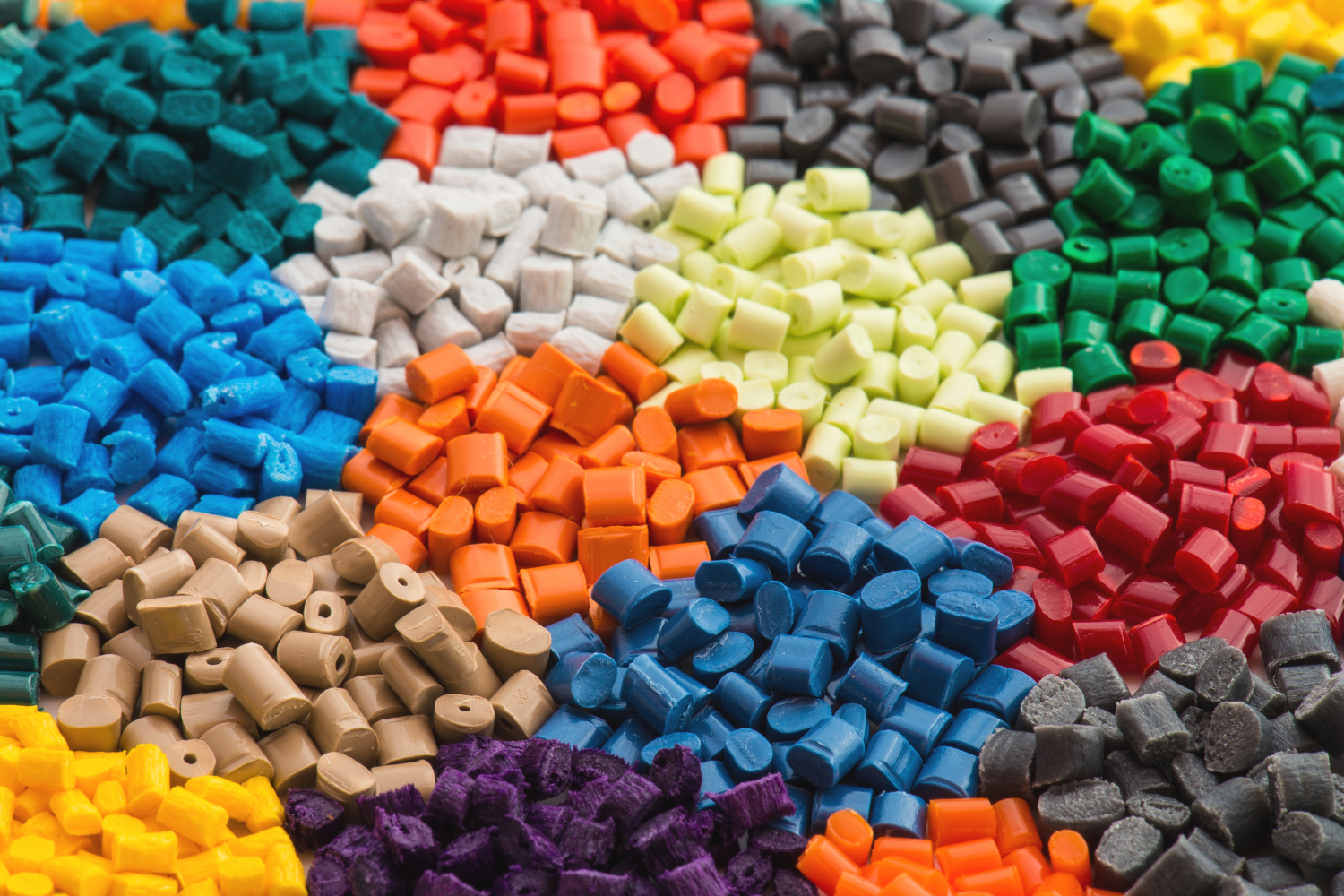Sustainability Takes Center Stage in Modern Thermoforming
The thermoforming industry is experiencing a fundamental transformation. What was once primarily a conversation about cost reduction and production efficiency has evolved into something more urgent: how manufacturers can meet growing environmental expectations without sacrificing performance or profitability.
This shift isn't happening in isolation. Companies across the supply chain—from material suppliers to end users—are demanding more sustainable solutions. The result is an industry-wide push toward practices that reduce waste, conserve energy, and prioritize materials that don't end up in landfills for centuries.
The Material Revolution: Beyond Virgin Plastics
The most visible change in thermoforming is happening at the material level. Manufacturers are moving away from virgin plastics toward alternatives that offer genuine environmental benefits.
Bioplastics derived from renewable resources like corn starch and sugarcane are gaining traction, particularly in applications where the end product needs to break down naturally. These materials can be composted under the right conditions, offering a path forward for products that previously had no end-of-life solution beyond disposal.
Recycled content is becoming standard rather than exceptional. Post-consumer recycled (PCR) materials are showing up in applications ranging from food packaging to automotive components. The challenge has always been maintaining consistent quality and performance characteristics, but advances in processing technology are closing that gap.
At PCI, we've seen this evolution firsthand through our regrind program. Working with suppliers like KYDEX, we've developed systems that allow returned material to be reprocessed and incorporated back into production. According to Jim Soles, Quality Specialist at KYDEX, "So far in 2024, we have used 65.5% of returned material to create your substrate layer. The cap layer is always 100% virgin resin." This approach reduces waste while maintaining the surface quality customers expect from thermoformed parts.
The key insight here is that sustainability doesn't require abandoning performance standards. The industry is proving that recycled and bio-based materials can meet the same rigorous specifications as traditional plastics when processed correctly.
Energy Efficiency: The Hidden Sustainability Gain
While material choices generate headlines, energy consumption represents one of the largest environmental impacts in thermoforming operations. Heating plastic sheets to forming temperature requires significant energy input, and historically, this process has been inefficient.
That's changing as manufacturers adopt equipment and practices designed to minimize energy waste. Modern ovens use advanced heating elements that deliver more consistent heat with less power draw. Control systems that precisely manage heating cycles prevent the energy waste that comes from overshooting target temperatures or holding heat longer than necessary.
Facility-level improvements matter too. LED lighting systems use a fraction of the energy consumed by older fixtures. Variable frequency drives on motors adjust power consumption to match actual load requirements rather than running at full capacity regardless of need. Even seemingly minor changes—like upgrading to more efficient compressed air systems—add up to measurable reductions in total energy use.
The business case for these improvements is straightforward. Lower energy consumption means lower operating costs, which translates to more competitive pricing. Environmental benefits and economic benefits align, making energy efficiency investments easier to justify.
Rethinking Package Design for Recyclability
The conversation around sustainable packaging often focuses on what materials are used, but how those materials are used matters just as much. Design decisions made early in the development process determine whether a package can realistically be recycled at end of life.
Recent innovations are making it possible to create packages that are both functional and genuinely recyclable. According to a recent article from Plastics Today, "Advanced thermoforming techniques are enabling thermoformers to produce 100% recyclable polyethylene terephthalate (PET) packaging, meeting stringent environmental standards while maintaining product protection and aesthetic appeal."
Slit-and-fold technology represents another breakthrough in package design. This approach uses a single material throughout the package rather than bonding different materials together. The result is a package that can be processed through existing recycling streams without requiring separation or special handling. When packaging reaches the recycling facility, it's already in a form that can be efficiently processed.
These design innovations require close collaboration between thermoformers, material suppliers, and end users. A package that looks identical on the shelf might have radically different recyclability depending on subtle design choices. Getting those details right from the beginning eliminates the need for costly redesigns later.
While PCI doesn't manufacture packaging, what starts in the packaging industry often evolves into heavy-gauge thermoforming trends eventually.
The Closed-Loop Reality
True sustainability in thermoforming means creating closed-loop systems where material moves from production to use and back to production again. This isn't just about recycling consumer waste—it starts with how manufacturers handle their own production scrap.
In thermoforming, excess material is inherent to the process. Sheet edges, part cutouts, and production test pieces all represent material that doesn't make it into finished products. Rather than treating this as waste, forward-thinking manufacturers are building systems to capture and reprocess it.
The economics of closed-loop systems work because the material has value. Rather than paying for disposal, manufacturers can recover that value through reprocessing. Ted Bevelheimer, KYDEX Central Regional Business Manager, explains how the system works: "KYDEX Thermoplastics can relive many lives as long as the recycling infrastructure is in place to capture the recycled content. Regrind goes into KYDEX recycled sheet to give it additional life in many industrial applications."
When material can't be reprocessed for its original application, it often finds use in other industries. Material that doesn't meet specifications for medical device housings might be perfectly suitable for outdoor furniture, park benches, or industrial components. SEKISUI KYDEX ensures that recycled content goes to responsible outlets, including manufacturers of composite decking and PVC piping.
The point is that material rarely needs to become waste. With proper handling and the right partnerships, most thermoforming scrap can be diverted from landfills and given a productive second life.
What This Means for Manufacturers
These sustainability trends aren't abstract possibilities—they're reshaping how manufacturers evaluate thermoforming as a production method. Companies making sourcing decisions today need to understand how their suppliers approach these issues.
When evaluating potential partners, look for manufacturers who can demonstrate measurable sustainability practices. Ask about regrind programs and what percentage of production scrap gets recycled. Inquire about energy management systems and whether facilities track consumption metrics. Request information about material certifications and recycled content percentages.
The most capable thermoforming partners will be able to discuss these topics in specific terms because they've built sustainability into their operations. They should be able to explain how their processes minimize waste, what happens to excess material, and how they're reducing energy consumption over time.
For engineers and designers, these trends create new opportunities to specify materials and processes that meet both performance and environmental requirements. The trade-offs that once existed between sustainability and functionality are narrowing as technology advances.
Moving Forward
Sustainability in thermoforming isn't about perfect solutions—it's about consistent progress. The industry has moved beyond simply talking about environmental responsibility to implementing practices that deliver measurable improvements.
Material innovations are making it possible to specify recycled content without compromising quality. Energy efficiency improvements are reducing the carbon footprint of production. Design advances are creating packages and parts that can be effectively recycled at end of life. Closed-loop systems are capturing value from production scrap that would otherwise be lost.
None of these changes happened overnight, and the work isn't finished. But the direction is clear: thermoforming is becoming more sustainable not because regulations demand it, but because manufacturers, customers, and end users recognize that environmental responsibility and business success aren't competing priorities. They're complementary goals that drive innovation and create value across the entire supply chain.
At PCI, we're part of this evolution. Our approach to sustainability includes everything from working with material suppliers on regrind programs to recycling pallets and cardboard. We're not just meeting current industry standards—we're working to set new ones for efficiency, sustainability, and product quality.
The thermoforming industry's sustainability transformation demonstrates what's possible when manufacturers commit to continuous improvement. The materials we use, the energy we consume, and the waste we generate are all areas where meaningful progress is being made. That progress benefits everyone: manufacturers achieve better economics, customers get more sustainable products, and the environment bears less burden from industrial activity.
The future of thermoforming is being shaped by these trends today. Manufacturers who understand and embrace these changes will be positioned to meet the demands of increasingly environmentally conscious markets while building more resilient and efficient operations.



